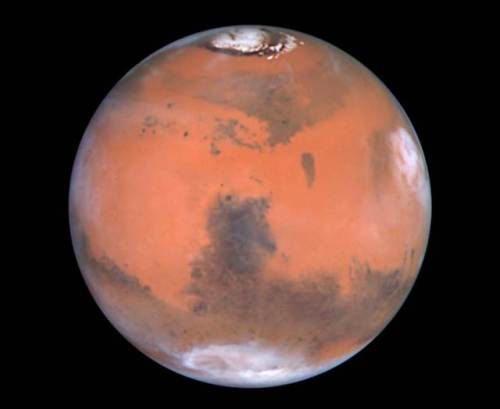Humans 2 Mars Wrap Up
The Humans2Mars Summit in Washington D.C. wrapped up today, and almost all of the proceedings recorded on Livestream, either already are, or will be, posted on the ExploreMars.Org website, and are certainly worth a look.
A couple of points stand out.
One: Dr. John Logdson noted a distinction in the current program of record which was introduced as NASA’s space policy in 2010. The policy calls for NASA to journey to the vicinity of Mars in the 2030’s, but in no way specifically states that it is the goal of the United States to land on the Red Planet in that decade. (NASA’s promotional information, and the “We are the Explorers” promo which runs constantly on NASATV is seemingly more than happy to let the observer draw an inference which simply isn’t there.) What the President actually said was that he hoped to see boots on the ground in his lifetime, which as Logdson observed could, taking the President’s current age and applying reasonable expectations, put a landing a full 49 more years away.
Two: Despite NASA’s ongoing pitch for an asteroid retrieval mission, it is being received rather skeptically by a Mars oriented crowd which, unsurprisingly, wants to get on with the business of exploring Mars.
Three: Many of the technical discussions focused on the issues of EDL; Entry, Descent and Landing. As presenters stated time and again, the smallest human system for landing on Mars will require well over a ten fold increase in landed mass over the 1000 lb. Mars Curiosity rover. Consequently, parachutes are simply not an option. An incoming payload will face three phases of deceleration, each with its own problems; hypersonic, supersonic and subsonic, all to reach a ground level atmosphere which is the equivalent of 100,000 ft. altitude on Earth. Here is the really frustrating part: Experts in NASA and industry have a number of different proposals for addressing the issue, most of which can be tested in our own upper atmosphere, and yet virtually no testing is going on or is really even planned at this point. Two words: SLS, Orion
Four: Inspiration Mars has received so much international interest, that the organization is beginning to think of it as an international effort spearheaded by American leadership, rather than a strictly American enterprise as it was originally presented. If that is really the case, then perhaps it is time to expand the launch vehicle search to international providers, and in particular to Arianespace and the Ariane V, which could make an enormous contribution to the effort if for some reason the Falcon Heavy is not selected.


